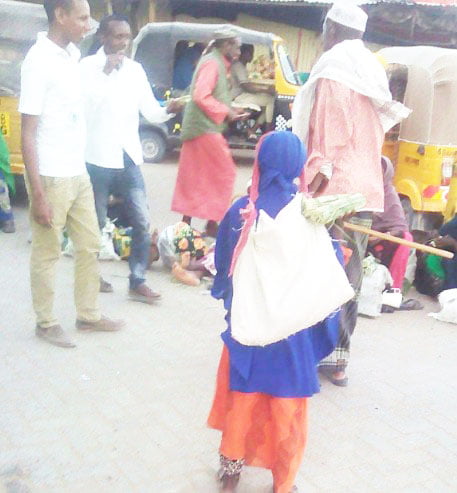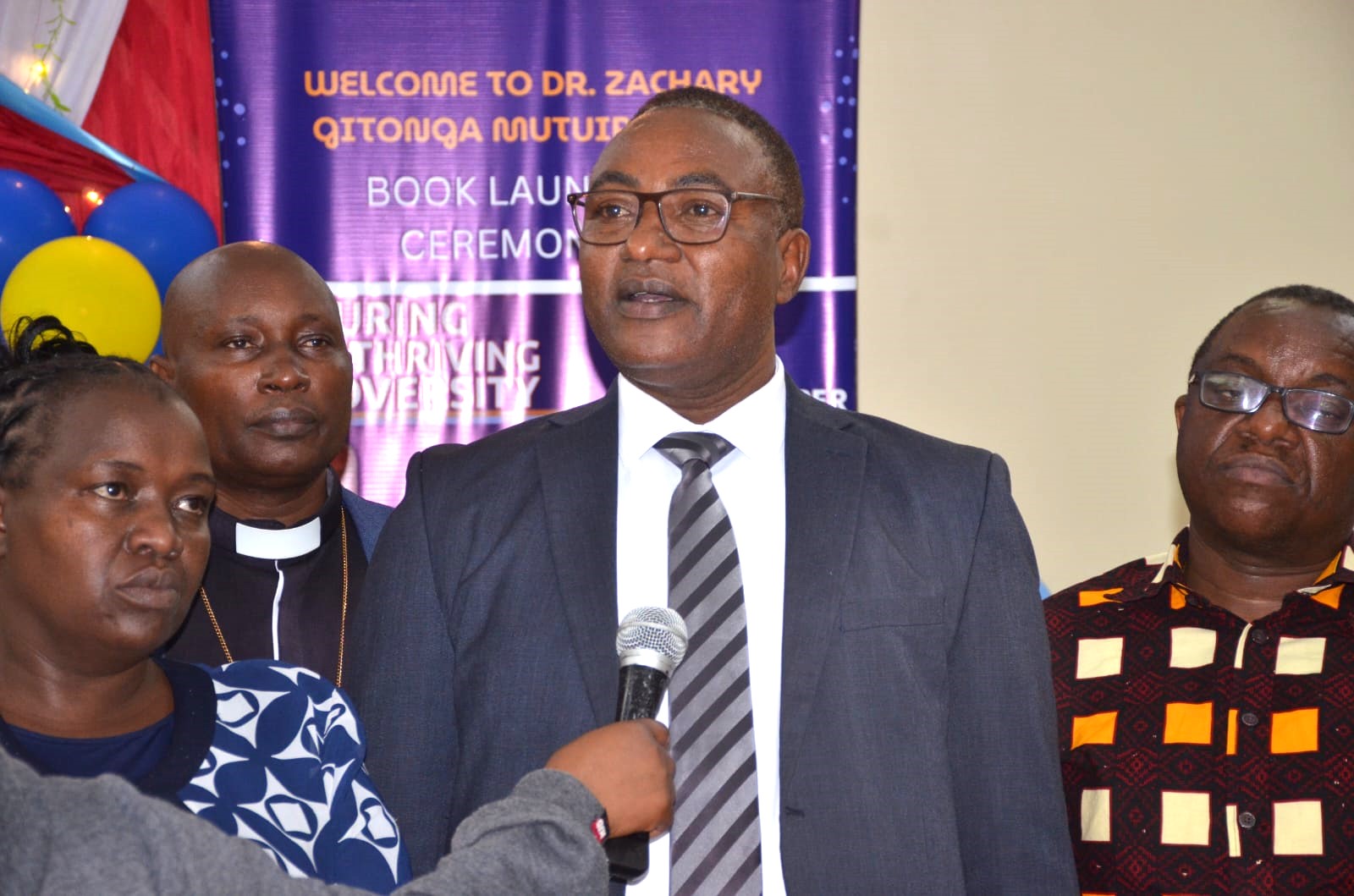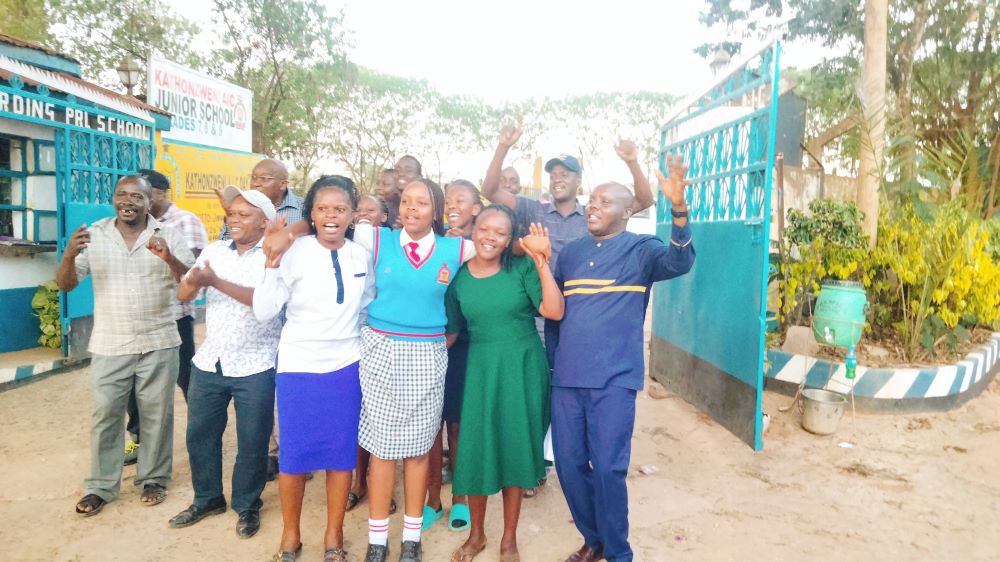By Amoto Ndiewo
Despite the order by Education Cabinet Secretary Prof George Magoha that all students should return to school after the nine months closure of due to Covid-19, the situation in some areas has proven to be a bumpy ride.
In Mororo, an informal settlement area where poverty reigns, 11 year old Titus Syengo rushes to Garissa town to look for work while his classmates rush to school.
Syengo is not alone, so many of his age mates don’t attend the nearby primary school: Hatata primary school.

Halima Mohamed, the headmistress of the school says that after the nine months break, the enrollment in the school dropped from 684 to 494.
‘’My fear is that the number could drop further after the current first term holiday break,’’ said Halima.
The headmistress admits that in Mororo in Tana North Sub County, school age children of either sex play differing roles yet they don’t attend school.
‘’While boys engage in child labour and do drugs, the girls are engaged in child marriage and child pregnancy as a result early sex, ‘’explained Halima.
Madam Halima added that School Feeding Program doesn’t help much since it is only meant for lunch.
‘’Adding insult to injury, poor parents don’t object as slightly moneyed older men, pay for such young girls to ignite their libido in early child marriage. Under such an environment the children find themselves falling as early candidates, to many vices and often drop out of school, ‘said Halima Mohamed.
She added that lack of proper guidance from parents and guardians has also led to an increase in such vices.
Mororo Senior Assistant Chief, Mohamed Asharo Lokha revealed that poverty stricken Mororo township’s six settlements estates have a population of 6,480 people living within 1076 households.
‘’With such a population, Hatata primary school should have many children in school,’’ said Lokha.
Kenya Population and Housing Census 2019 revealed that Tana North sub County has 116, 757 residents. Tana River Smart Survey carried out in Feb 2020 revealed that 25 % of children between 3 and 18 years are in preprimary, 35% are in primary while 16% are in secondary.
‘’Most of these children have parents who are either unemployed or who have abdicated parenting forcing the children to fend for themselves from a very early age,’’ Lokha sadly said.
Some children work in farms, butcheries, sweep bars or push wheel barrows as others scavenge for plastic, scrap metal and fresh left –over food at markets in nearby Garissa town.
‘’Interestingly, some of these children do not have places to call home or proper places to sleep,’’ noted Mohamed Abdi, an MCA aspirant in Sala ward.
When schools reopened, the aspirant took some children to school but realized that the process was like kicking a ball in the long grass.
Abdi lamented that without parental guidance and no proper boarding facilities or orphanage it was an effort in futility. Adding insult to injury after taking the children to school, some parents accused him of wanting to sacrifice the children.
Ibrahim Mamba, a resident, said that the fate of girl child in Mororo is very bad. He revealed that most of the girls are an open prey to mirrra chewing, luring by bodaboda riders, illicit brew, drunkards and men looking for cheap sex from the youthful girls.
Hassan Ismail, Education Officer Womankind Kenya noted that the community lifestyle and the environment in Mororo needs a multispectral approach.
‘’We have started empowering parents and educating them on the good values of parenting,’’ said a concerned Ismail.






